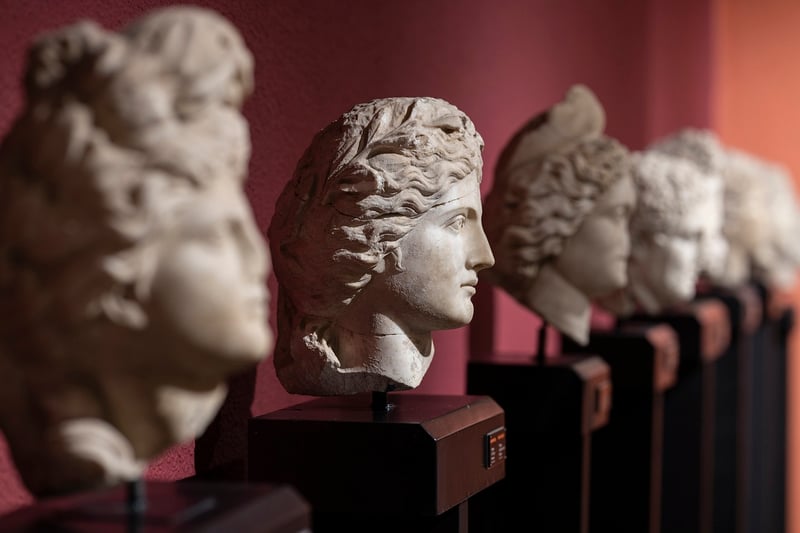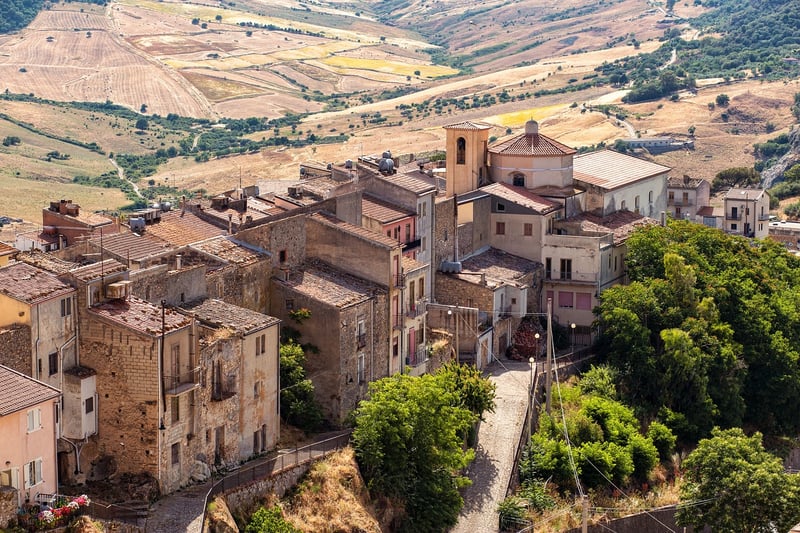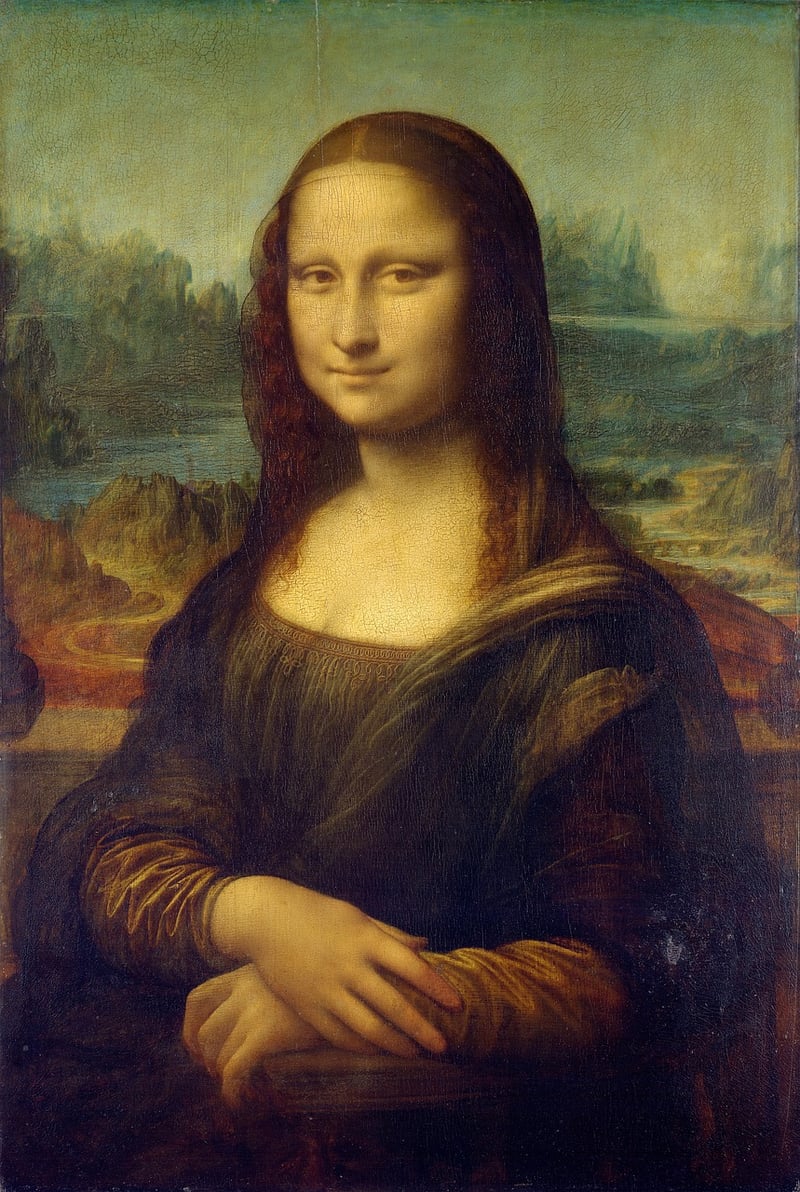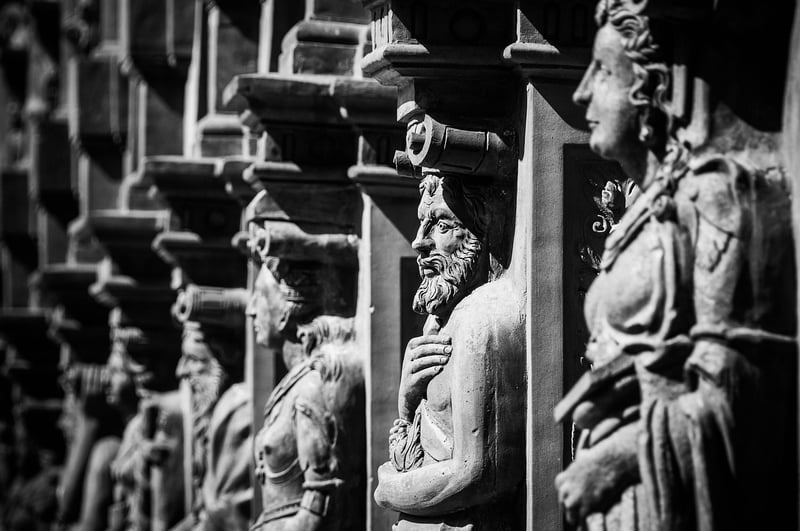Renaissance Art
The Renaissance: A Journey through Significant Eras in Art History
Art has always been a reflection of the society and culture of its time. Throughout history, different eras have produced unique and influential art movements that have shaped the way we perceive the world around us. Among these significant periods, the Renaissance stands out as a pinnacle of artistic achievement and innovation.
The Ancient World: Foundation of Artistic Expression
Before delving into the Renaissance, it's essential to understand the foundations laid by the ancient civilizations of Greece and Rome. The art of these civilizations focused on realism, idealism, and the human form. Greek sculpture, with its emphasis on anatomical accuracy and ideal beauty, set a standard that would influence artists for centuries to come.
The Middle Ages: Artistic Devotion and Symbolism
During the Middle Ages, art was primarily religious in nature, serving the purpose of glorifying God and teaching the illiterate population biblical stories. Iconography and symbolism played a crucial role in conveying spiritual messages, with intricate illuminated manuscripts and frescoes adorning churches and cathedrals.
The Renaissance: Rebirth of Art and Humanism
The Renaissance, meaning "rebirth," emerged in 14th-century Italy and marked a significant shift in artistic expression. Artists such as Leonardo da Vinci, Michelangelo, and Raphael sought to capture the beauty of the natural world with unparalleled realism and emotion. Humanism, a focus on human potential and achievement, influenced art, science, and philosophy during this period.
Renaissance Art: Beauty, Harmony, and Innovation
Renaissance art is characterized by a renewed interest in classical antiquity, perspective, light, and shadow. Paintings like Leonardo da Vinci's "Mona Lisa" and Michelangelo's "David" epitomize the ideals of beauty, harmony, and technical mastery that defined the era. The use of linear perspective and chiaroscuro brought a sense of depth and realism to artworks, revolutionizing the way artists depicted the world.
Exploring Renaissance Masterpieces
Take a virtual journey through some of the most iconic Renaissance artworks:
Appreciating the Legacy of the Renaissance
The legacy of the Renaissance continues to inspire and influence artists, scholars, and art enthusiasts to this day. Its emphasis on humanism, innovation, and beauty serves as a testament to the enduring power of art to transcend time and connect us to our shared cultural heritage.



